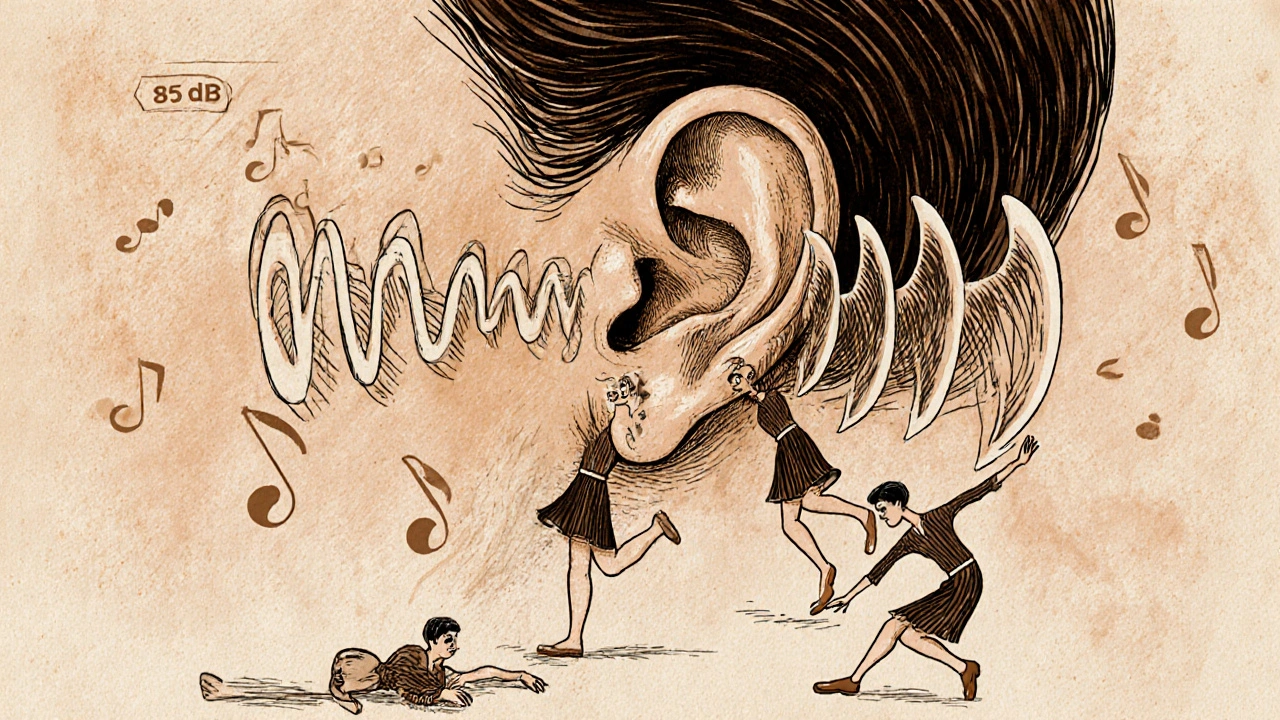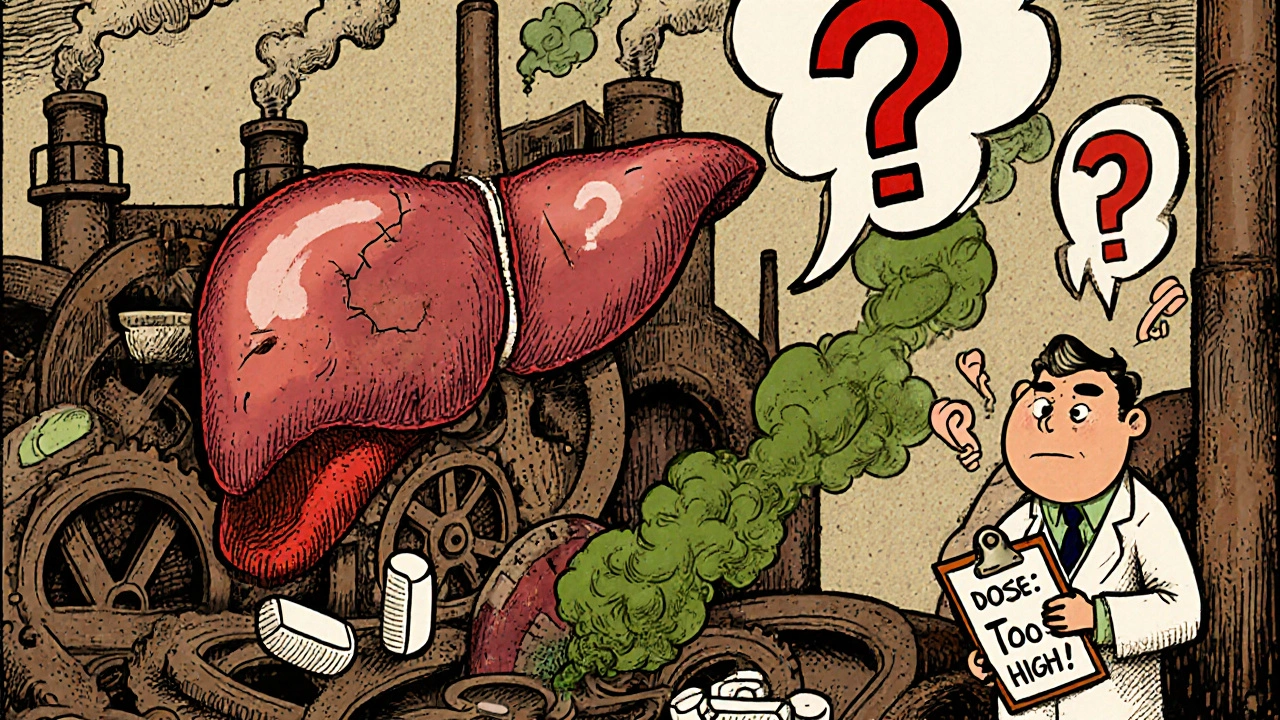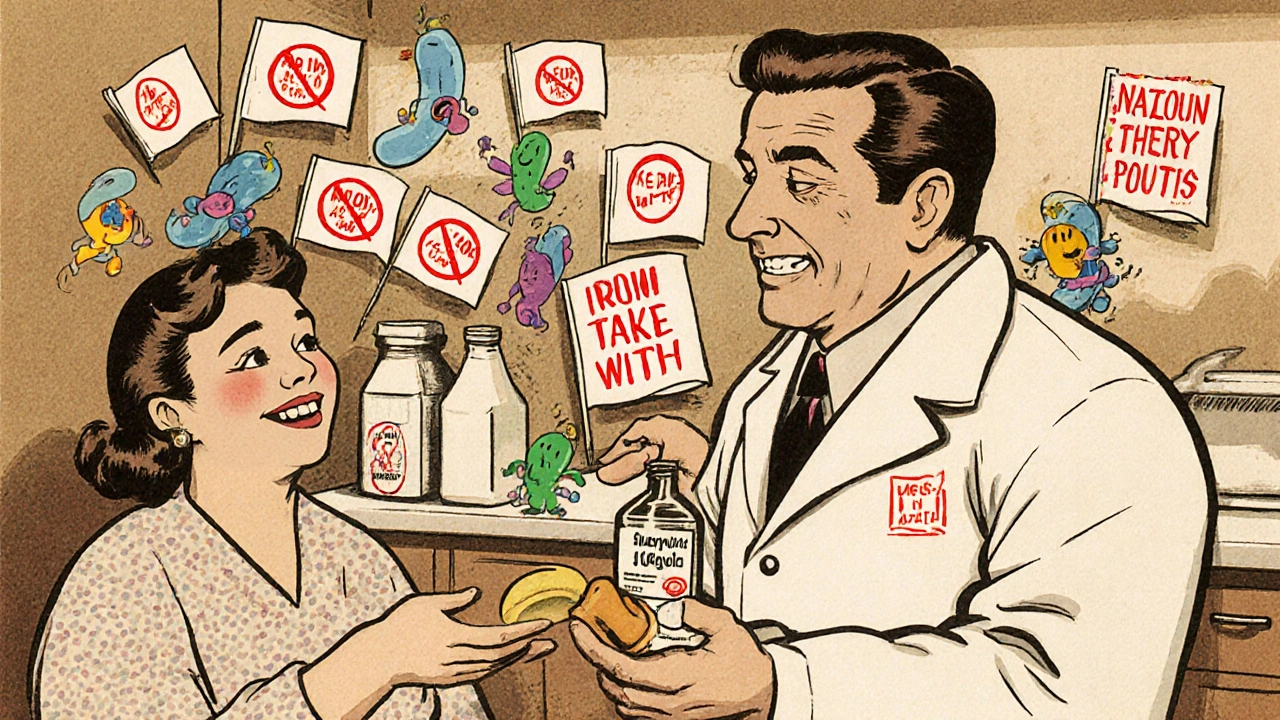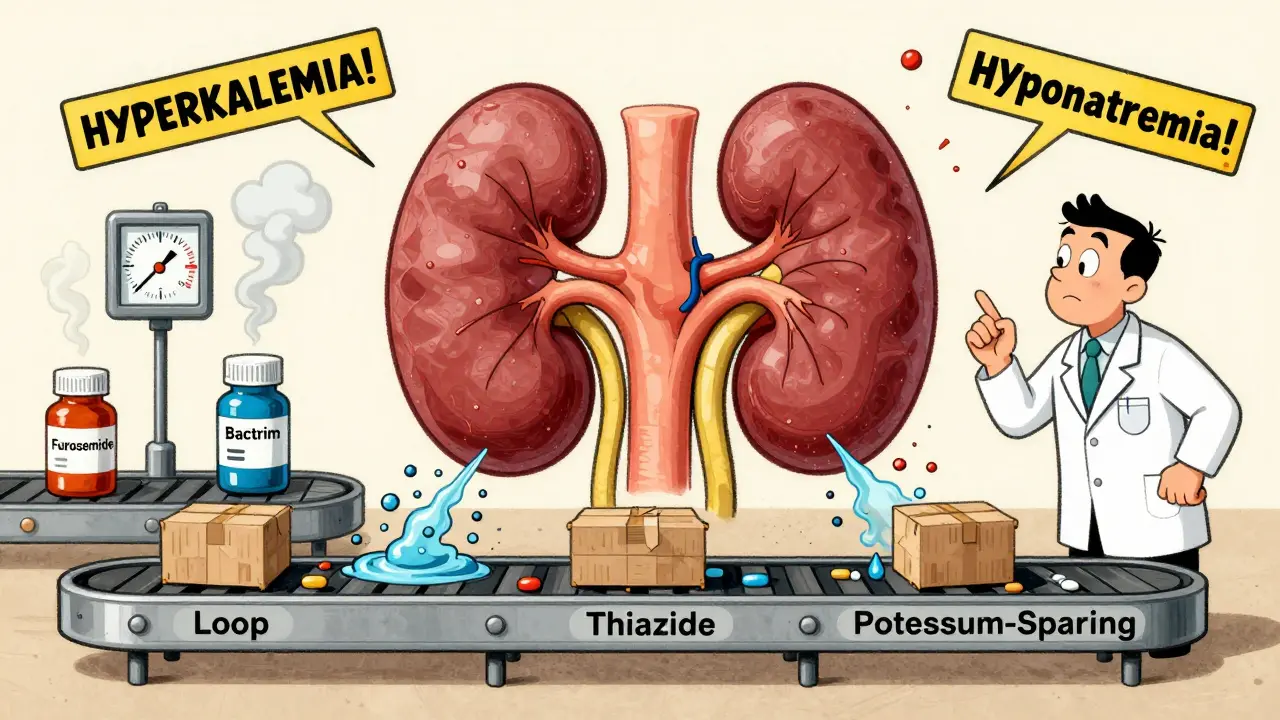MyOTCStore.com: Your Guide to Pharmaceuticals - Page 5

Sensorineural Hearing Loss: What Causes Inner Ear Damage and Permanent Deafness
- 15 Comments
- Nov, 19 2025
Sensorineural hearing loss is permanent inner ear damage that affects how sound is processed. Learn what causes it, how it’s diagnosed, and the real-world solutions that help people hear better-even when the damage can't be reversed.

Future of Global Generic Markets: Key Predictions and Trends Through 2030
- 14 Comments
- Nov, 19 2025
Generic drugs save billions in healthcare costs worldwide. Discover the key trends shaping their future - from biosimilars and supply chain risks to Asia’s dominance and regulatory challenges through 2030.

How to Verify Pharmacy Licenses Through State Pharmacy Boards
- 10 Comments
- Nov, 17 2025
Learn how to verify pharmacy licenses through state boards to avoid counterfeit drugs and unlicensed practitioners. Free, step-by-step guide for patients and employers.

Fiber for Weight Control: How Soluble and Insoluble Fiber Really Help You Lose Weight
- 13 Comments
- Nov, 17 2025
Soluble fiber helps control hunger and reduce fat absorption, while insoluble fiber supports digestion. Learn how to use both types effectively for lasting weight loss - backed by science and real-world results.

Opioids and Liver Disease: How Impaired Liver Function Changes Drug Safety
- 10 Comments
- Nov, 15 2025
Opioids can become dangerous in liver disease due to impaired metabolism, leading to toxic buildup. Learn how morphine, oxycodone, and other opioids behave in damaged livers-and what safer alternatives exist.

Triple-Negative Breast Cancer: Modern Treatment Strategies and Latest Clinical Trials
- 15 Comments
- Nov, 14 2025
Triple-negative breast cancer (TNBC) is an aggressive subtype with limited treatment options. In 2025, immunotherapy, PARP inhibitors, and antibody-drug conjugates are transforming care. New protocols reduce toxicity while improving outcomes, and personalized vaccines are showing promise in early trials.

Consumer Protection Laws for Patients: What You Need to Know in 2025
- 8 Comments
- Nov, 12 2025
New York’s 2024 patient protection laws stop providers from bundling consent forms, filling out your financing apps, or forcing credit card payments. Know your rights before your next medical visit.

Sumycin (Tetracycline) vs Alternatives: What Works Best for Infections Today
- 13 Comments
- Nov, 1 2025
Sumycin (tetracycline) is rarely the best antibiotic today. Learn how doxycycline, amoxicillin, and azithromycin compare in effectiveness, safety, and ease of use for common infections.

Compare Decadron (Dexamethasone) with Alternatives: What Works Best for Inflammation, Allergies, and More
- 8 Comments
- Oct, 30 2025
Compare dexamethasone (Decadron) with prednisone, methylprednisolone, and other steroid alternatives. Learn which is best for inflammation, allergies, brain swelling, and chronic conditions-and what side effects to watch for.

How Azelastine Helps Treat Chemical Allergies
- 20 Comments
- Oct, 30 2025
Azelastine is a fast-acting nasal spray that effectively treats allergy symptoms caused by chemical exposure, offering relief without the drowsiness of oral antihistamines. Ideal for occupational or environmental triggers.
